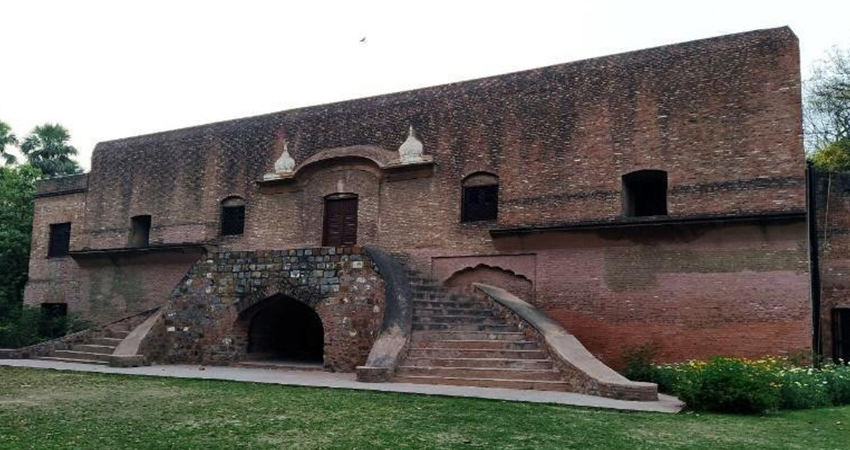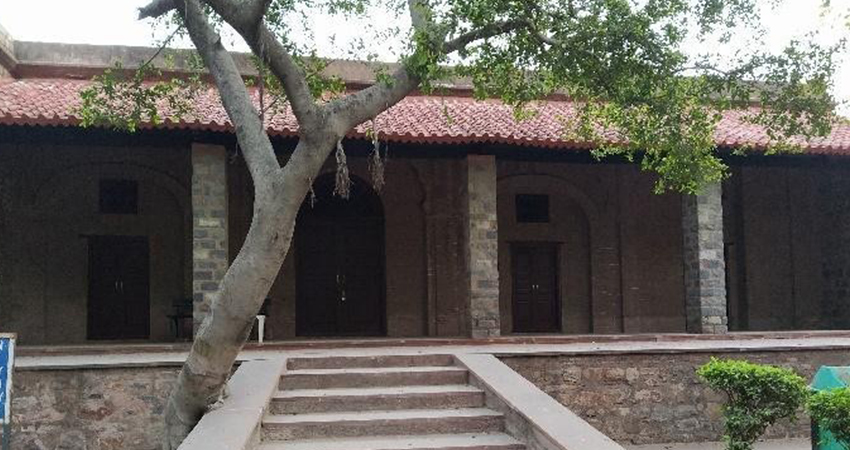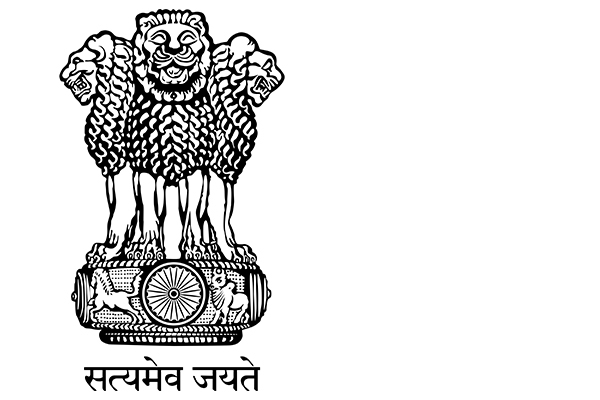| Sl.No. | Documentation Parameters | Explanatory Notes |
| 1. | Name of the Monument/ Site | BARADARI OR PAVILION (QUDSIA BAGH) |
| 2. | Geo coordinates & Location | 28°67’N; 77°22’E, located to the northern side of Kashmere Gate. Nearest landmark: Kashmere Gate metro station gate No. 5 https://maps.app.goo.gl/ggPabrDYZ6vup1fn7 |
| 3. | Approach | Nearest Metro Station: Kashmere Gate Nearest Railway Station: Delhi Railway Station Nearest Bus stop: Kashmere Gate Bus Terminus |
| 4. | Date/ Period | 1748 CE (Later Mughal Period) |
| 5. | Brief History | Nawab Qudsia Begam, originally a dancing girl, who became a favourite mistress of Muhammad Shah (1719-48), known popularly by his pen name ‘Rangila’, and was mother of Ahmad Shah (1748- 54), built this large historic garden on the bank of the Yamuna in about 1748 now lying immediately to the north of the Kashmiri Gate. The garden was originally enclosed by a wall which is now not in existence. The Palace and other buildings originally laid out in the garden have disappeared. The only surviving buildings, a Gateway, a Mosque and two Baradaris or Pavilions can be seen in the garden. As of now Masonic Club is running in one of the Baradari. |
| 6. | Architectural style | The structural plan of the Baradari is rectangular, with stone columns and arches. The prominent Mughal features seen here are a bangladar arch and moulded plaster ornamentation on the south facade. The continuous history of this monument goes till the British era as during the revolt of 1857 several colonial additions like windows and stairs were added to the old structure. |




 Department of Archaeology
Department of Archaeology 


